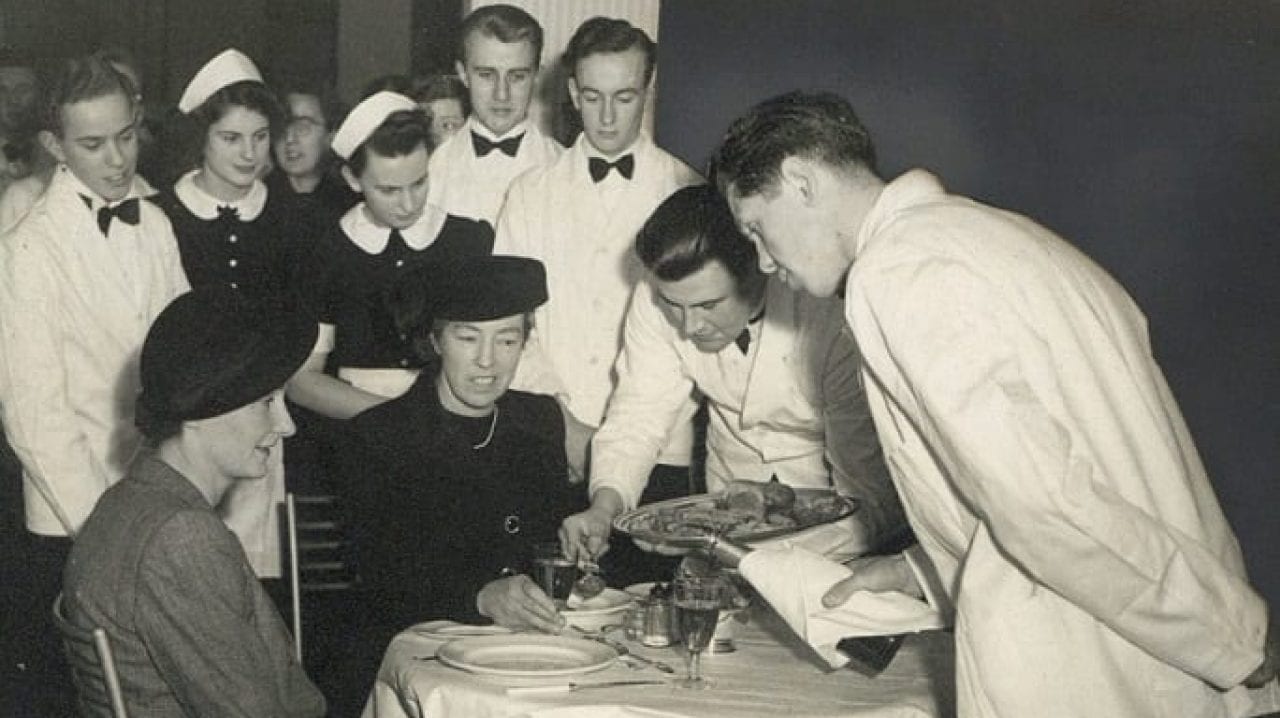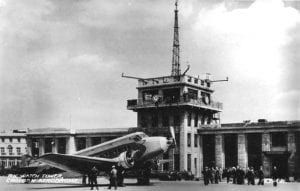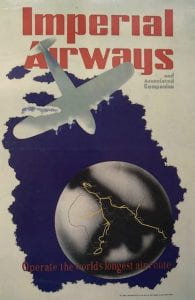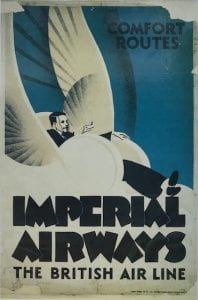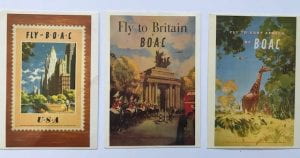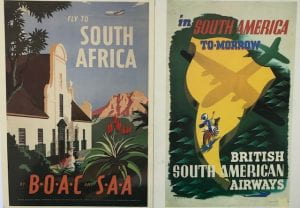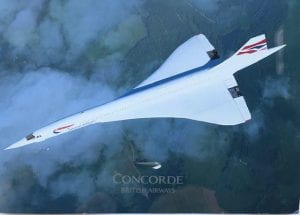100 years of British Airways
British Airways is UK’s largest international scheduled airline with its main hub at Heathrow Airport. Last month the airline celebrated 100 years since the first scheduled passenger flight departed from London. In September’s edition of ‘Spotlight’ we take a look at the history of BA and explore some interesting and eye catching postcards from the Heathrow Archive:
On 25 August 1919 Aircraft Transport and Travel Limited (AT&T), a forerunner company of today’s British Airways, launched the world’s first daily international scheduled air service. A single-engined De Havilland DH4A G-EAJC flew from Hounslow Heath (close to Heathrow Airport) to Paris. That first flight carried a single passenger whose ticket cost £9 (approximately £450 today), took two hours and 30 minutes and carried cargo such as newspapers, a consignment of leather, Devonshire cream, jam and grouse.
https://en.wikipedia.org/wiki/Airco_DH.16#/media/File:DH16-AT&T.jpg
The Instone Airline Limited soon started Hounslow to Paris services in February 1920. The following month saw the closure of Hounslow Heath and flights switched to Croydon, the new London Airport. In March 1920 all Civil Aviation moved from Hounslow to Croydon.
http://www.airportofcroydon.com/
However British air services were struggling to compete with subsidised European airlines. Later that same year Air Transport and Travel Limited ceased to operate and by February 1921 all British air services ceased operations. The following month a government subsidy was granted enabling Britain’s air services to restart. Daimler International purchased all of AT&T’s assets and operated flights to a range of European destinations including Cologne and Amsterdam.
In January 1923 the Civil Air Transport Subsidies Committee was appointed under Sir Herbert Hambling “to consider the present working of cross-channel subsidies and to advise on the best method of subsidising air transport in the future.” The government followed the advice of the committee and on 31st March 1924 Imperial Airways was incorporated. This new airline saw the merger of The Instone Airline Limited, Daimler International Airways, Handley Page Transport Limited and British Marine Air Navigation Company Limited. The Airline served parts of Europe but principally British Empire routes to South Africa, India and the far east.
In 1939 Imperial was merged with British Airways Limited into the British Overseas Airways Corporation (BOAC). BOAC continued operating overseas services throughout World War II. BOAC was the first airline to use jet airliners such as the De Havilland Comet which was added to the fleet in 1952. In 1958 BOAC operated the first nonstop transatlantic flight using the Comet 4, with further developments in transatlantic flying after the introduction of the Boeing 747-100 in 1971
After the Civil Aviation Act of 1946 European and South American services passed to two additional state-run airlines, British European Airways (BEA) and British South American Airways (BSSA). BSSA was absorbed by BOAC in 1949 but BEA continued to operate separately to BEA running services to Europe, North Africa and the Middle East from airports around the United Kingdom. The airline was also the largest UK domestic operator, serving major British cities, including London, Manchester, Glasgow, Edinburgh and Belfast, as well as areas of the British Isles such as the Highlands and Islands of Scotland, the Channel Islands and the Isle of Man.
British Airways (BA) was created in 1974 out of the merger of BOAC, BEA and two regional airlines; Cambrian Airlines based in Cardiff and Northeast Airlines based in Newcastle Upon Tyne. Shortly after BA was formed, the airline added Concorde to the fleet, with the world’s first scheduled supersonic passenger service flight on January 21, 1976, initially flying the aircraft from London to Bahrain.
After almost 13 years as a state company, BA was privatised in February 1987 and then expanded with the acquisition of British Caledonian in 1987, Dan-Air in 1992, and British Midland International in 2012. In January 2011 BA merged with Iberia, creating the International Airlines Group (IAG). BA operates flights to over 180 destinations with a fleet of approximately 176 aircraft.
Sources: https://www.britishairways.com/en-gb/information/about-ba/history-and-heritage
https://en.wikipedia.org/wiki/British_Airways
